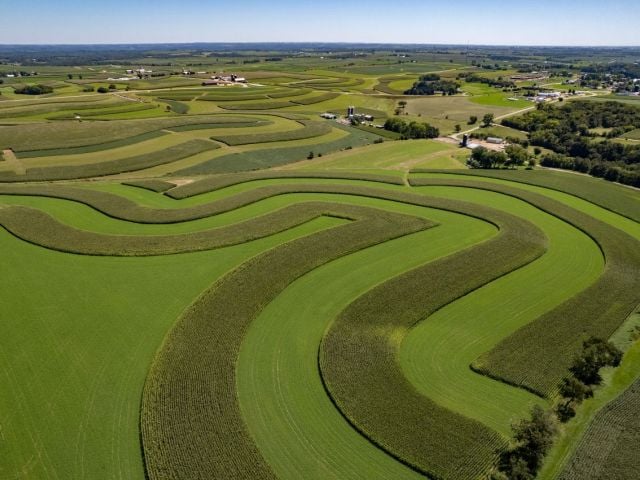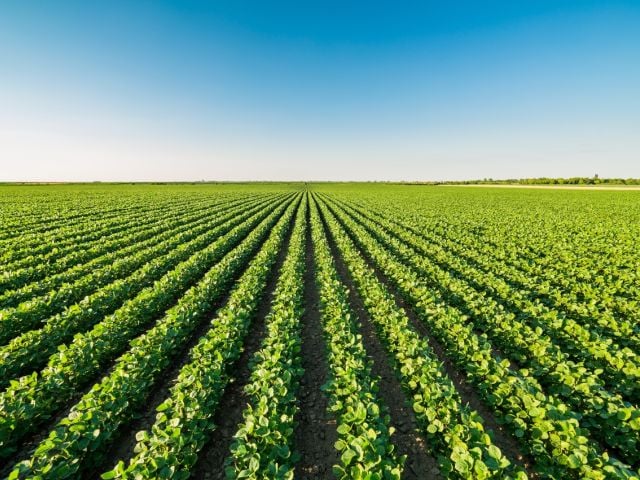AMES, Iowa – Federal crop insurance policy is rewarding Southern Great Plains farmers’ failure to adapt to drought and hotter weather, and encouraging practices that could lead to another Dust Bowl, according to a new report by the Environmental Working Group.
The Dust Bowl that devastated the region in the 1930s was one of the worst environmental disasters in U.S. history. Searing heat and drought, the conversion of more than five million acres of grassland into cropland, and farmers’ failure to adapt to the dry climate inflicted disease, hunger and poverty on the region’s people.
Today drought is once again parching the Southern Plains. Scientists say hot and dry conditions could become the region’s new normal, making it urgent that farmers adapt to the changing climate. Instead, a provision of the federal crop insurance program – snuck into the 2014 Farm Bill with little notice – encourages farmers to plant the same crops in the same way, year after year.
The crop insurance program guarantees that farmers’ earnings from their crops won’t fall below a guaranteed percentage of their usual income. The guarantee is set based on a multi-year average of a farmer’s actual crop yields. Averaging the bad years with the good years grounds the program in reality.
But the new provision, called Actual Production History Yield Exclusion, lets farmers pretend bad years didn’t happen. As many as 15 bad years can be thrown out when calculating the farmer’s average yield, resulting in artificially inflated insurance payouts, year after year. What’s more, the distortion is worst in the very same Southern Plains counties that were hardest hit by the Dust Bowl and are now suffering from severe drought.
“Giving growers a break makes sense if they’re occasionally hit by one or two bad years. But keeping growers on a treadmill of failed crops and insurance payouts is foolish,” said Anne Weir Schechinger, senior analyst at EWG and co-author of the report. “Much better would be helping farmers adapt to the new climate conditions, which was exactly what helped them survive the Dust Bowl and return to productivity.”
Some, but not enough, farmers are already making changes to adapt, such as implementing conservation practices like cover crops and no-tillage. Money saved by ending the bad-year exclusion policy could help more growers put vital conservation measures and new cropping systems in place to help stave off the potential catastrophe.
“The bad-year exclusion policy is not sustainable in the long run,” said Weir Schechinger. “A major federal, state and local conservation initiative in the Southern Great Plains would do far more to keep family farmers on the land and protect the environment.”



